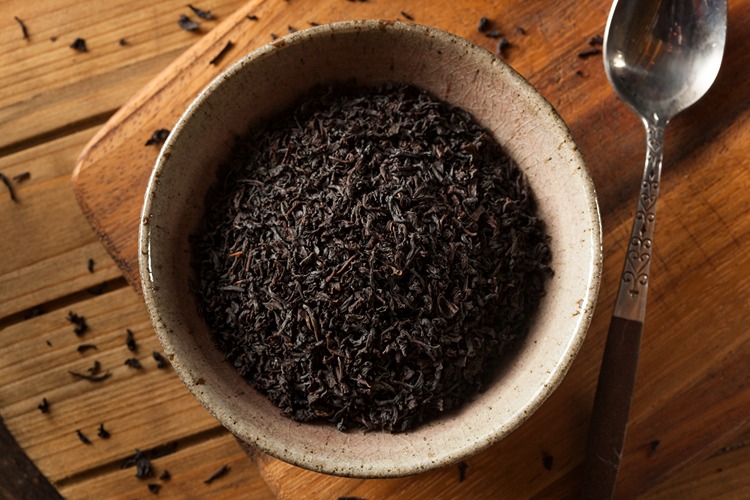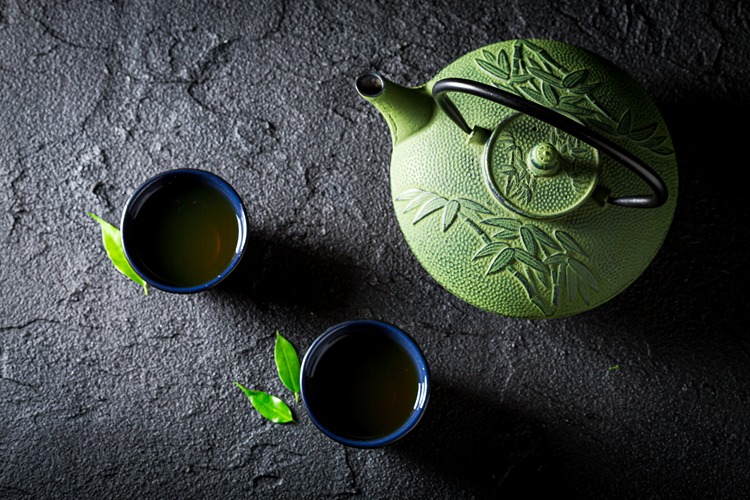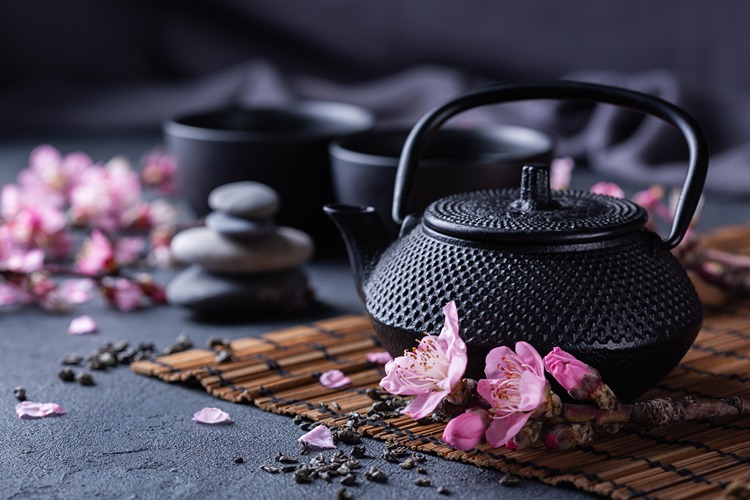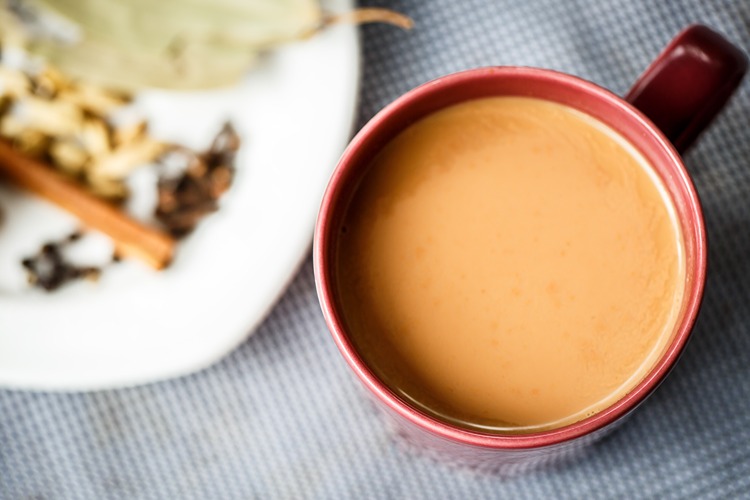Welcome to the world of tea, where flavors, aromas, and health benefits combine to create a delightful experience. If you’re new to the art of tea brewing, fear not! This comprehensive guide will walk you through everything you need to know to become a tea connoisseur. From understanding the different tea types to mastering the brewing techniques, we’ll cover it all. Get ready to embark on a journey of tea exploration and enjoyment!
1. The Fascinating World of Tea
Tea has a rich history that dates back thousands of years. It originated in ancient China and spread across the globe, becoming a beloved beverage in many cultures. Today, tea is more than just a drink; it’s an art form and a way of life. Let’s delve into the fascinating world of tea.
1.1 Tea Types and Their Characteristics
Tea comes in various types, each with its unique characteristics and processing methods. Here are the most popular tea types:
- Green Tea: Known for its fresh and grassy flavor, green tea undergoes minimal oxidation during processing. It’s rich in antioxidants and is believed to have numerous health benefits.
- Black Tea: Fully oxidized and robust in flavor, black tea is often enjoyed with milk or sweeteners. It provides a natural energy boost and is perfect for those who prefer a stronger taste.
- Oolong Tea: With a partially oxidized profile, oolong tea offers a diverse range of flavors, from floral to fruity. It strikes a balance between the freshness of green tea and the robustness of black tea.
- White Tea: The least processed of all teas, white tea has a delicate and subtle flavor. It’s known for its high levels of antioxidants and is prized for its rarity and exquisite taste.
- Herbal Tea: Not derived from the tea plant, herbal teas come in a variety of flavors and are often caffeine-free. Common herbal teas include chamomile, peppermint, and rooibos.
Each tea type has its own brewing requirements and health benefits, allowing you to explore a world of flavors and find your personal favorites.
1.2 Health Benefits of Tea
Tea is not only a delightful beverage but also a source of numerous health benefits. Here are some of the advantages associated with drinking tea:
- Antioxidant Power: Tea is packed with antioxidants that help fight free radicals and protect the body against oxidative stress, reducing the risk of chronic diseases.
- Boosted Immunity: The natural compounds found in tea, such as catechins and polyphenols, support a healthy immune system, keeping illnesses at bay.
- Heart Health: Regular tea consumption has been linked to a lower risk of heart disease and stroke, thanks to its ability to improve blood circulation and lower cholesterol levels.
- Weight Management: Some teas, like green tea, have been shown to boost metabolism and aid in weight management by increasing fat oxidation.
- Relaxation and Mental Clarity: The ritual of preparing and savoring a cup of tea can promote relaxation, reduce stress, and enhance mental focus and clarity.
These are just a few examples of the many benefits tea can offer. By incorporating tea into your daily routine, you can enjoy a range of positive effects on your overall well-being.
2. Selecting the Perfect Tea Blends
Now that you have an understanding of the different tea types and their benefits, it’s time to explore the vast array of tea blends available. Selecting high-quality tea blends is crucial to ensure an exceptional brewing experience. Here’s what to consider when choosing your tea:
2.1 Origin and Quality
Tea is often associated with specific regions renowned for their tea production. Consider opting for teas sourced from these regions, such as China, Japan, India, or Sri Lanka. These teas are likely to have a rich flavor profile and reflect the unique characteristics of their origin.
Additionally, prioritize teas that are fresh and have been stored properly to preserve their flavors and aromas. Avoid teas that have been sitting on the shelves for too long, as they may have lost their potency.
2.2 Organic and Fair Trade Options
For those who value sustainability and ethical practices, organic and fair trade teas are excellent choices. Organic teas are cultivated without the use of synthetic pesticides or fertilizers, ensuring a more natural and healthy brew. Fair trade teas support fair wages and better working conditions for tea workers, contributing to a more equitable tea industry.
2.3 Flavor Profiles and Personal Preferences
Tea offers an incredible variety of flavors and aromas. From floral and grassy to earthy and robust, there’s a tea blend for every taste preference. Consider experimenting with different flavors and aroma profiles to discover your favorites. Some popular flavor profiles include:
- Earl Grey: A classic black tea blend infused with bergamot oil, offering a distinctive citrusy and floral flavor.
- Jasmine Green: Green tea scented with jasmine blossoms, resulting in a fragrant and soothing brew.
- Chamomile: A herbal tea known for its calming properties and delicate apple-like flavor.
- Peppermint: A refreshing herbal tea with a cooling and invigorating menthol flavor.
- Masala Chai: A spiced black tea blend featuring ingredients like cardamom, cinnamon, ginger, and cloves, providing a warm and aromatic experience.
Remember, the world of tea is vast, and there’s no shortage of flavors to explore. Don’t be afraid to try new blends and find your own personal favorites.
3. The Art of Tea Brewing
Now that you have your tea blends ready, it’s time to master the art of tea brewing. The way you brew your tea can greatly impact its taste, aroma, and overall enjoyment. Here are some essential brewing techniques to elevate your tea experience:
3.1 Water Temperature and Steeping Time
The water temperature and steeping time significantly influence the flavor and strength of your tea. Different tea types require specific conditions for optimal brewing:
- Green Tea: Use water heated to around 175°F (80°C) and steep for 2-3 minutes. Green tea is delicate, and using water that’s too hot or steeping for too long can result in a bitter taste.
- Black Tea: Boil water and steep for 3-5 minutes. Black tea can withstand higher temperatures and longer steeping times, allowing the flavors to fully develop.
- Oolong Tea: Water temperature should be around 185-195°F (85-90°C), and steeping time varies between 3-5 minutes. Oolong tea offers a wide range of flavors, so feel free to experiment with different steeping times to find your preferred strength.
- White Tea: Use water heated to approximately 160-175°F (70-80°C) and steep for 4-6 minutes. White tea is delicate, and a longer steeping time allows the flavors to fully infuse.
- Herbal Tea: Boil water and steep for 5-7 minutes. Herbal teas are more forgiving and can withstand higher temperatures and longer steeping times without becoming bitter.
Remember, these are general guidelines, and you can adjust the steeping time and water temperature based on your personal preference.
3.2 Teaware and Accessories
Investing in high-quality teaware and accessories can enhance your tea brewing experience. Here are some essential items to consider:
- Teapot: A teapot allows for efficient brewing and better control over the steeping process. Choose one that suits your style and accommodates the amount of tea you typically brew.
- Teacups: Opt for teacups that are comfortable to hold and have a shape that enhances the aroma and taste of the tea.
- Infusers or Strainers: These tools are useful for loose-leaf tea brewing, ensuring a smooth and debris-free cup of tea.
- Tea Timer: A timer helps you keep track of the steeping time, ensuring consistency in flavor and strength.
- Tea Tray: A tea tray or tea board provides a dedicated space for brewing and serving tea, allowing for easy cleanup.
Investing in quality teaware not only enhances your tea brewing process but also adds a touch of elegance to your tea-drinking ritual.
3.3 Tea Ritual and Mindfulness
Tea brewing is more than just a process; it’s a ritual that can be practiced with mindfulness. Take a moment to slow down, engage your senses, and savor the experience. Appreciate the aroma, the color, and the taste of the tea. Allow yourself to be fully present in the moment, letting go of distractions and immersing yourself in the joy of tea brewing.
Additionally, consider the environment in which you enjoy your tea. Create a peaceful and serene space, whether it’s a cozy corner in your home or a beautiful outdoor setting. Surround yourself with elements that promote relaxation and tranquility, such as soothing music, candles, or natural decor.
Frequently Asked Questions (FAQs)
Here are some commonly asked questions about tea brewing:
Q: How much tea should I use per cup?
A: The general guideline is to use one teaspoon of loose-leaf tea or one tea bag per 8-ounce cup of water. Adjust the amount based on your taste preferences.
Q: Can I reuse tea leaves?
A: Some tea leaves, especially high-quality ones, can be steeped multiple times. However, keep in mind that each subsequent steeping may result in a slightly lighter flavor.
Q: Can I add milk or sweeteners to my tea?
A: While it’s a matter of personal preference, adding milk or sweeteners is more common with black teas and certain herbal blends. Green teas and delicate white teas are often enjoyed plain to fully appreciate their natural flavors.
Q: How should I store my tea?
A: To maintain the freshness of your tea, store it in an airtight container away from light, heat, and moisture. Avoid storing different tea blends together, as they may absorb each other’s aromas.
Q: Is loose-leaf tea better than tea bags?
A: Loose-leaf tea offers a more authentic and customizable brewing experience, allowing the leaves to fully expand and infuse. However, tea bags offer convenience and are still a good option for enjoying tea on the go.





